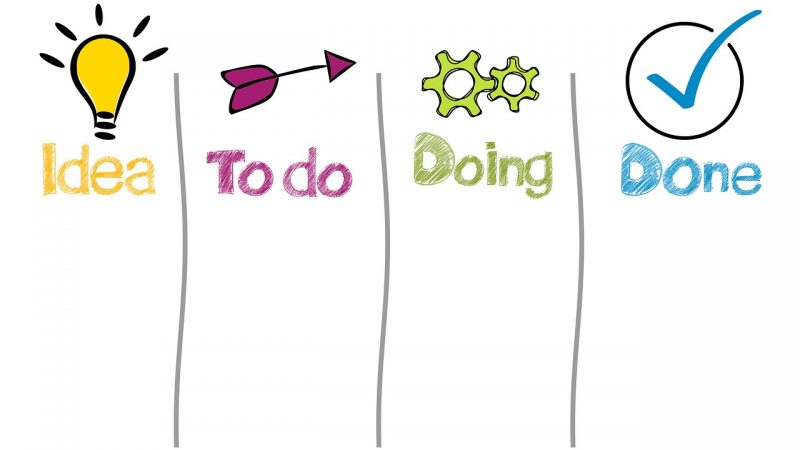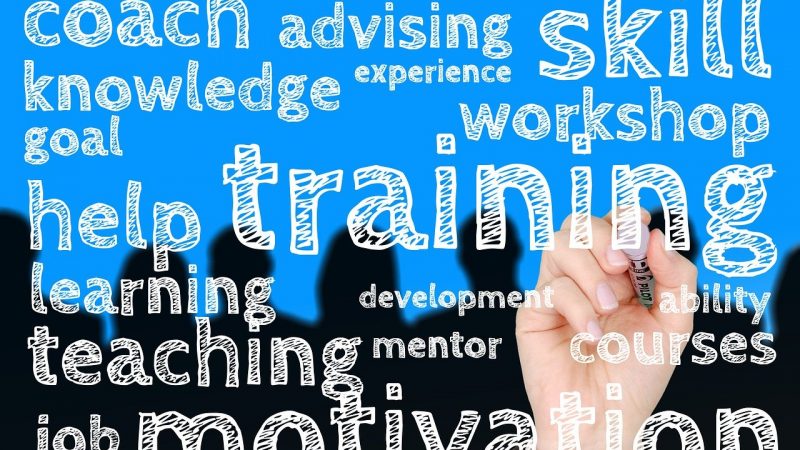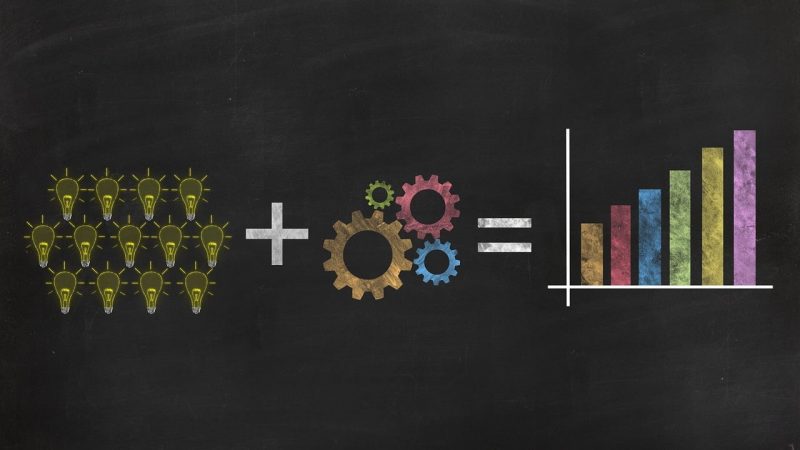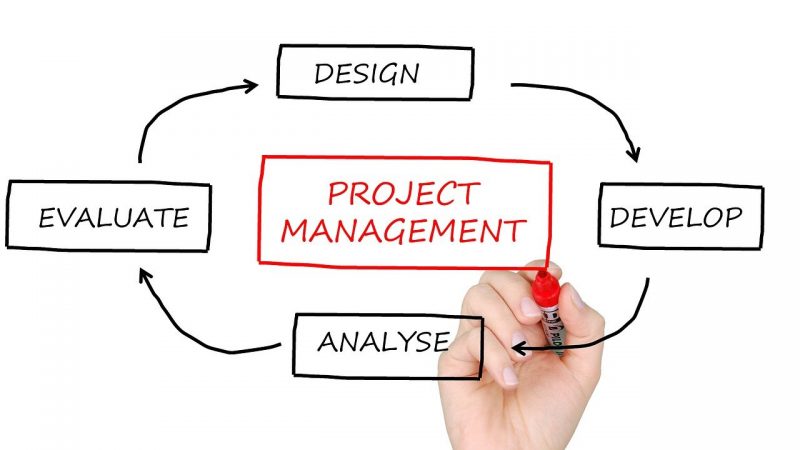All students face challenges in school at times, whether academic, behavioral, social-emotional, or organizational. Supporting struggling students requires understanding underlying causes behind issues and implementing interventions collaboratively. Research shows collaborative problem solving between teachers, parents, specialists, and students themselves brings the best results.
Start with Diagnostic Assessment
First, comprehensively evaluate the student to identify areas of difficulty:
– Academic performance – Review grades, test scores, and skill gaps in reading, writing, math, etc. Screen for learning disabilities.
– Work habits – Assess organization, time management, concentration, motivation, and persistence.
– Classroom behavior – Note any misconduct, defiance, disruptiveness, and relationships with peers/teachers.
– Emotional factors – Check for signs of anxiety, isolation, low self-esteem, trauma, or depression.
– External factors – Consider home environment, health issues, and social problems.
This information gathering stage is crucial for understanding the scope of issues.
Facilitate Open Discussions
Bring together the student, parents, teachers, and specialists to discuss challenges candidly and brainstorm solutions. Maintain a non-judgmental tone. Key practices:
– Actively listen to the student’s perspective first
– Seek insights from all parties involved
– Show empathy toward the student’s struggles
– Remain open to different viewpoints and potential solutions
– Keep the focus on working collaboratively in the student’s best interest
Develop Intervention Plans
With issues identified, generate written intervention plans outlining action steps, responsibilities, and goals. Plans should:
– Build on the student’s strengths
– Address areas of difficulty with accommodations and scaffolds
– Provide tools and strategies tailored to needs
– Give the student greater responsibility over time
– Establish metrics for monitoring progress
– Specify follow-up meetings to adjust support as needed
Execute and Monitor Interventions
All parties must commit to consistency implementing interventions and tracking the student’s response through:
– Weekly check-ins on progress
– Feedback from parents on efforts at home
– Regular data analysis from teachers on performance
– Open communication about what’s working vs. not
– Documentation in a response-to-intervention log
– Follow-up meetings to revise approaches
By understanding the “whole child” and aligning efforts collaboratively, teachers and families can provide the scaffolds and nurturing environment struggling students need to thrive. The goal is developing self-confidence, capacity and agency.










